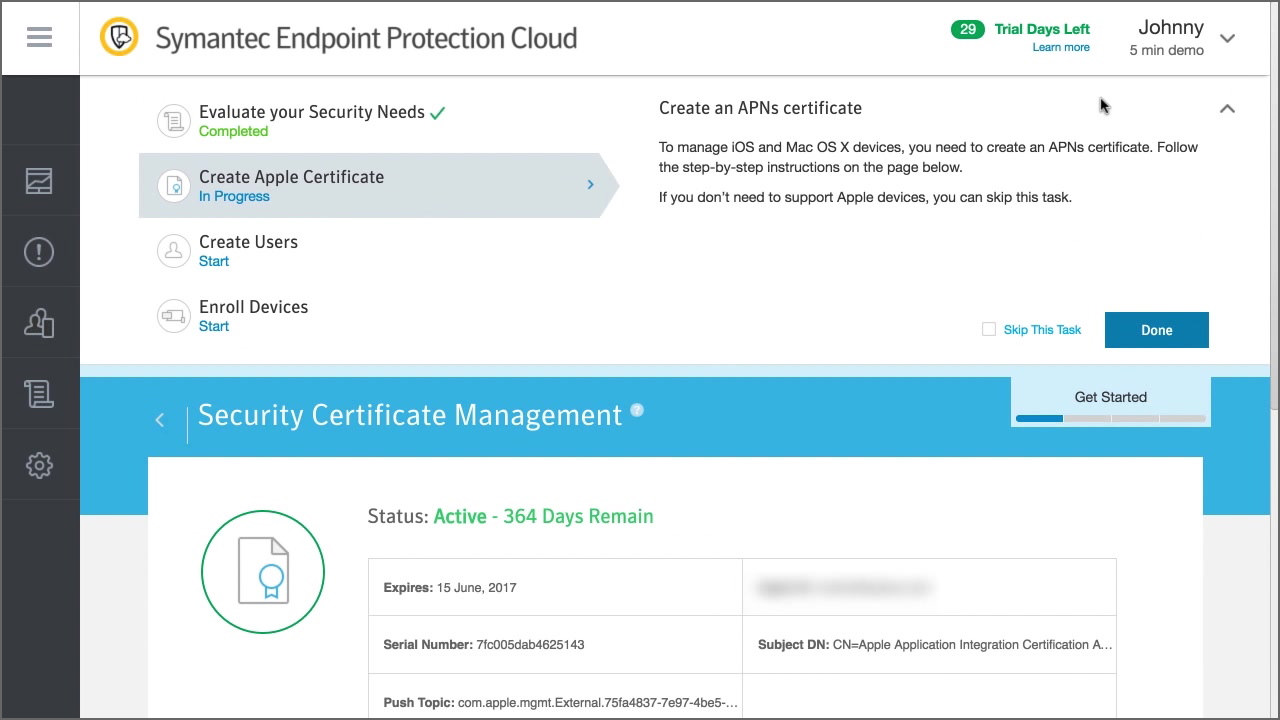

SEP is available as a stand-alone offering, and included in Symantec Endpoint Security Enterprise (SESE) and Symantec Endpoint Security Complete (SESC).Symantec Endpoint Protection Cloud (SEPC) Table of Contents The clear winner continues to be - Symantec Endpoint Protection (SEP). Symantec was also the only vendor to receive the “Level 1” certification, meaning we had zero misses in the ITW test and passed their live botnet test. MRG: "In the Wild 360 / Full Spectrum Test" SEP again was the winner, scoring perfectly with zero misses and having the most auto or behavioral blocks.SE Labs: SEP came in 1st place with 100% Total Accuracy score.Those looking for a second or third opinion can try: And AV-Test is not the only testing organization out there. Real World Testing is the most effective way to evaluate endpoint security solutions. This brings up an important question… Why don’t other endpoint security providers participate in 3rd party testing? Why do most vendors go out of their way to avoid any testing mobile or macOS? Knowing how effective RWT are for solid product evaluations, why don’t we see more participation? Perhaps some vendors believe it's easier to invest in marketing than to let their product do the talking.īy now, you get our point.

In the False Positive Test by AV-Test (2020 through August) SEP was the only solution to have ZERO False Positives. It’s hard to imagine how any security tool that generates needless investigations and processes could be useful to an already overworked SOC team! That’s why it’s critical to evaluate vendors on their false positive rates. Then think of the number of alerts each endpoint can create every single day. Think about the pace at which security and SOC teams already need to work - just to stay even keel! Consider the sheer number of endpoints, often exceeding 100k in a single organization. In reality, it's disastrous for customers to rely on an endpoint protection product that generates a high number of false positives. Nonetheless, other security vendors often try to boost their detection scores by including false positives in their threat detection totals. Any good testing also looks at false positives - that’s the number of times an alert is generated on something that is not a valid threat.


 0 kommentar(er)
0 kommentar(er)
